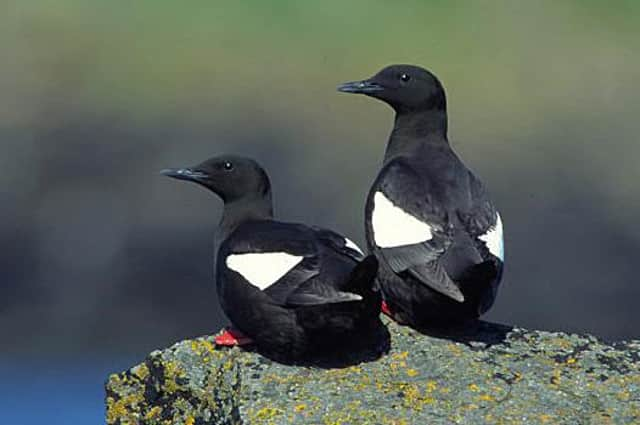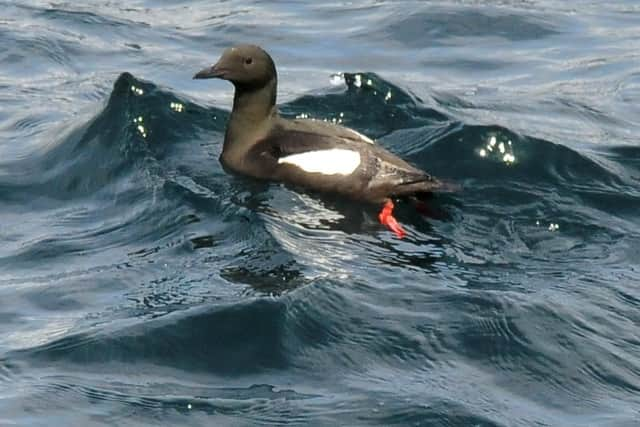Vital seabird census survey work to start


Two fieldworkers will be undertaking this work in Lewis, two in the northwest Highlands, and locally-based staff and volunteers will be contributing in Lewis and Skye.
The census, Seabirds Count, is the fourth of its kind following on from Operation Seafarer in 1969-70, the Seabird Colony Register Census in 1985-88 and Seabird 2000.
Advertisement
Hide AdAdvertisement
Hide AdIt is led by the Joint Nature Conservation Committee and aims to make an accurate count of 25 species of seabirds – an estimated eight million birds when last counted at the turn of the century – across more than 10,000 sites in Britain and Ireland.


The survey data helps conservation scientists understand how seabird populations are changing over time and support efforts to protect them.
This latest census began in 2015, with many dedicated volunteers and specialist survey ors taking part, and was due to be completed last year but the Covid-19 pandemic led to the postponement of the last year of survey work.
These delayed surveys are now able to begin in a Covid secure manner and will take place during March to July of this year.
Advertisement
Hide AdAdvertisement
Hide AdTo help complete the task in Scotland, 13 fieldworkers have been employed by RSPB Scotland to undertake surveys around the country along with locally-based staff and volunteers from the conservation organisation.
The visiting RSPB fieldworkers will be living and working together in pairs, staying in local self-catering accommodation.
Covid safety precautions will include taking a test before travelling to Lewis, Skye and the northwest Highlands, followed by a 10-day isolation period avoiding all other people when they first arrive at their location.
Surveys will begin with black guillemots, also known as tysties, which are best counted during early mornings in late March and April when they perform group courtship displays on the sea next to breeding sites.
Advertisement
Hide AdAdvertisement
Hide AdLater in the season, seabirds such as fulmars, shags, auks, gulls, skuas and storm-petrels will be counted at sites not already surveyed for the census. The work will include some boat-based surveys using local boat operators, along with land-based counts for the more easily accessible sites. In most cases, a single survey visit to each site is required.
Anyone who would like further information on the survey work is asked to contact RSPB Scotland’s Robert Hughes and JNCC’s Daisy Burnell via email: [email protected] and [email protected].
The UK is one of the most important sites for breeding seabirds in Europe and the Islands support internationally important seabird colonies and large numbers of breeding waders.
Huge flocks of waders use the Western Isles and in particular the west side of the Uists as a refuelling stop before carrying on to their breeding grounds further north.
Advertisement
Hide AdAdvertisement
Hide AdIt's a superb place to be with many of the waders proving to be approachable and in full summer plumage. in the autumn the islands are also home to huge flocks of waders, this time as they head south.